Blogs
Scuba Diving: How to Get Started
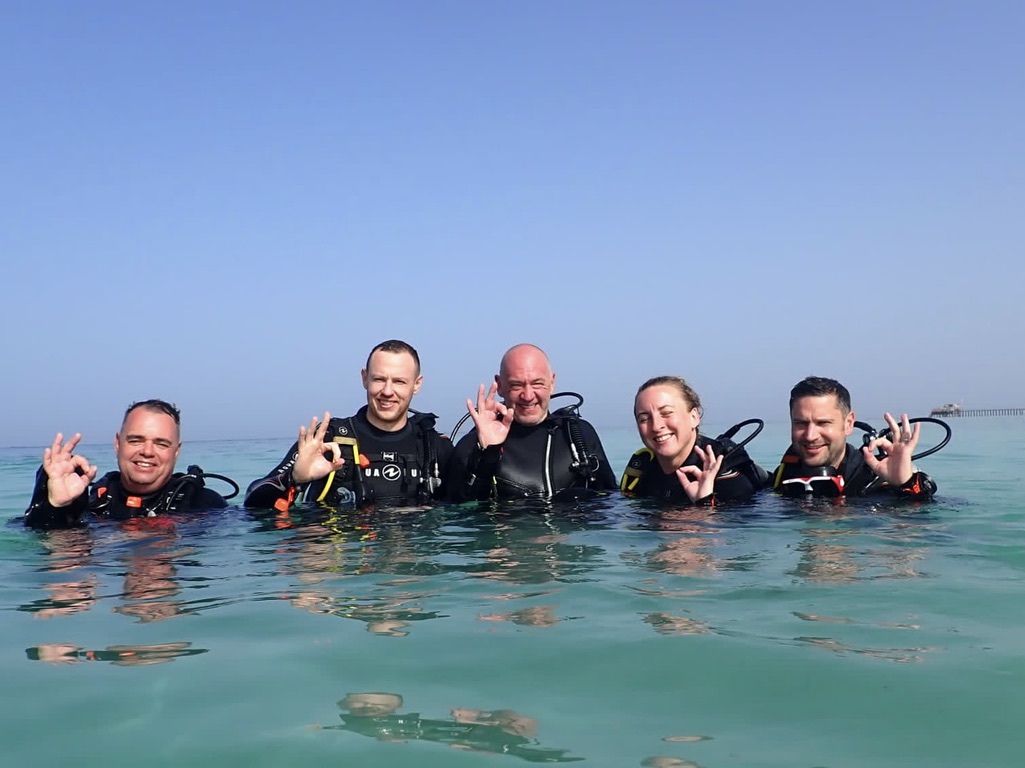
If you have a friend or family member who is thinking about getting in to diving, this guide on how to get started from Sea to Sky offers advice on how they can begin their exciting journey…
Scuba diving is a wonderful way to experience the beauty and diversity of marine life, and to explore shipwrecks, caves, and other underwater features across the world.
For many scuba diving becomes a hobby & passion, but it’s also hugely popular for holidays to destinations such as Egypt, Oman, Indonesia, Thailand, Philippines and the Maldives, offering an unparalleled underwater experience for new and experienced divers.
Find out more about Scuba Diving in our getting started guide.
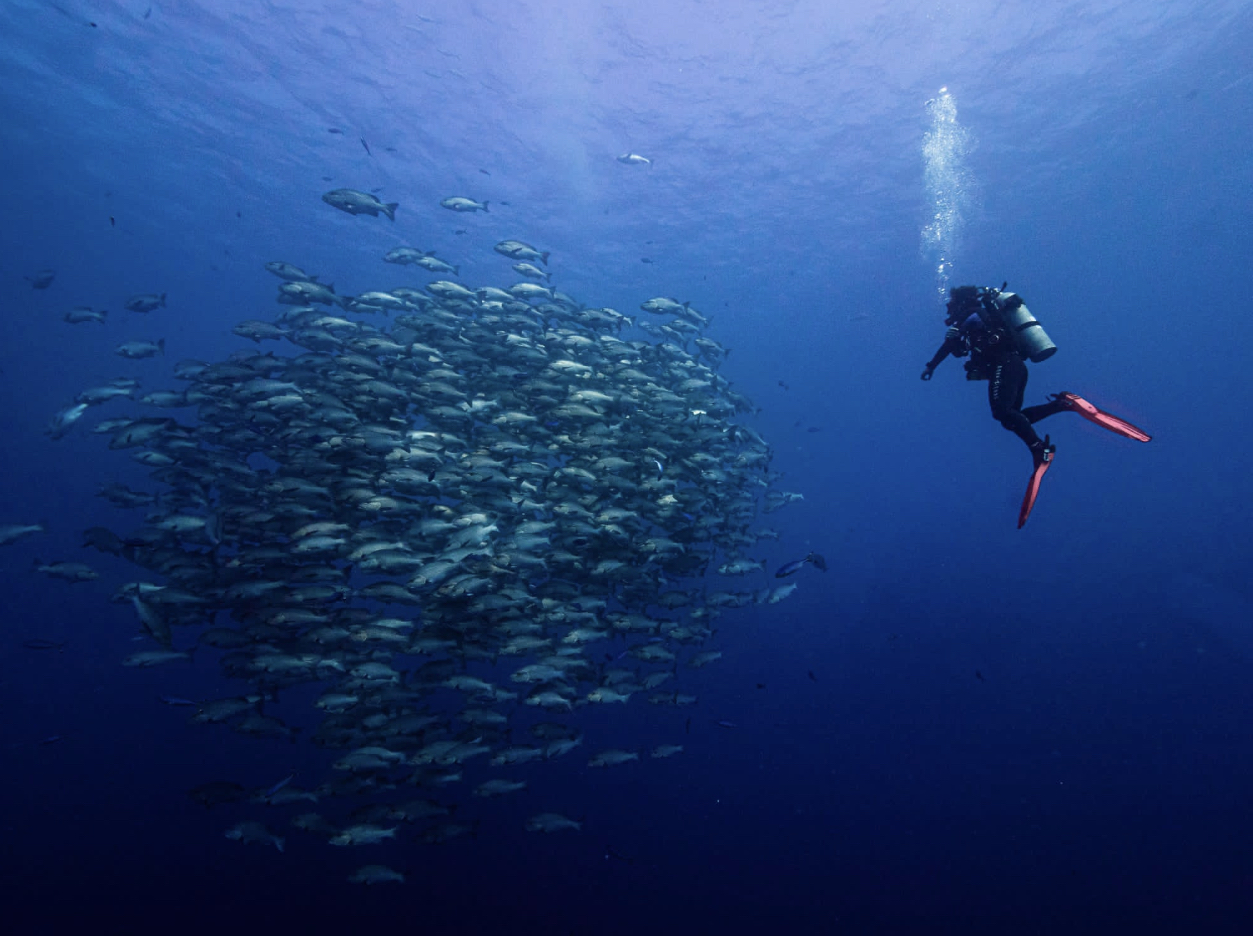
What is Scuba Diving
Scuba diving is where divers use a self-contained underwater breathing apparatus (SCUBA) to breathe underwater.
Essential Training
Before going scuba diving, it is important to get proper training and certification. This will ensure that you are able to dive safely and understand the risks involved.
There are various organisations that offer scuba diving certification, such as PADI, CMAS, and SSI (among others). These organisations offer a variety of courses, from basic open water diver courses to advanced specialty courses such as deep diving, wreck diving and tech.
Important Equipment
When scuba diving, it is important to use proper equipment and to follow safety guidelines. This includes using a dive computer, which helps to monitor your dive time and depth, as well as a dive watch or dive planner.
It is also important to use a buoyancy control device (BCD) to help control your buoyancy underwater, and a dive regulator to control the flow of air from your tanks.
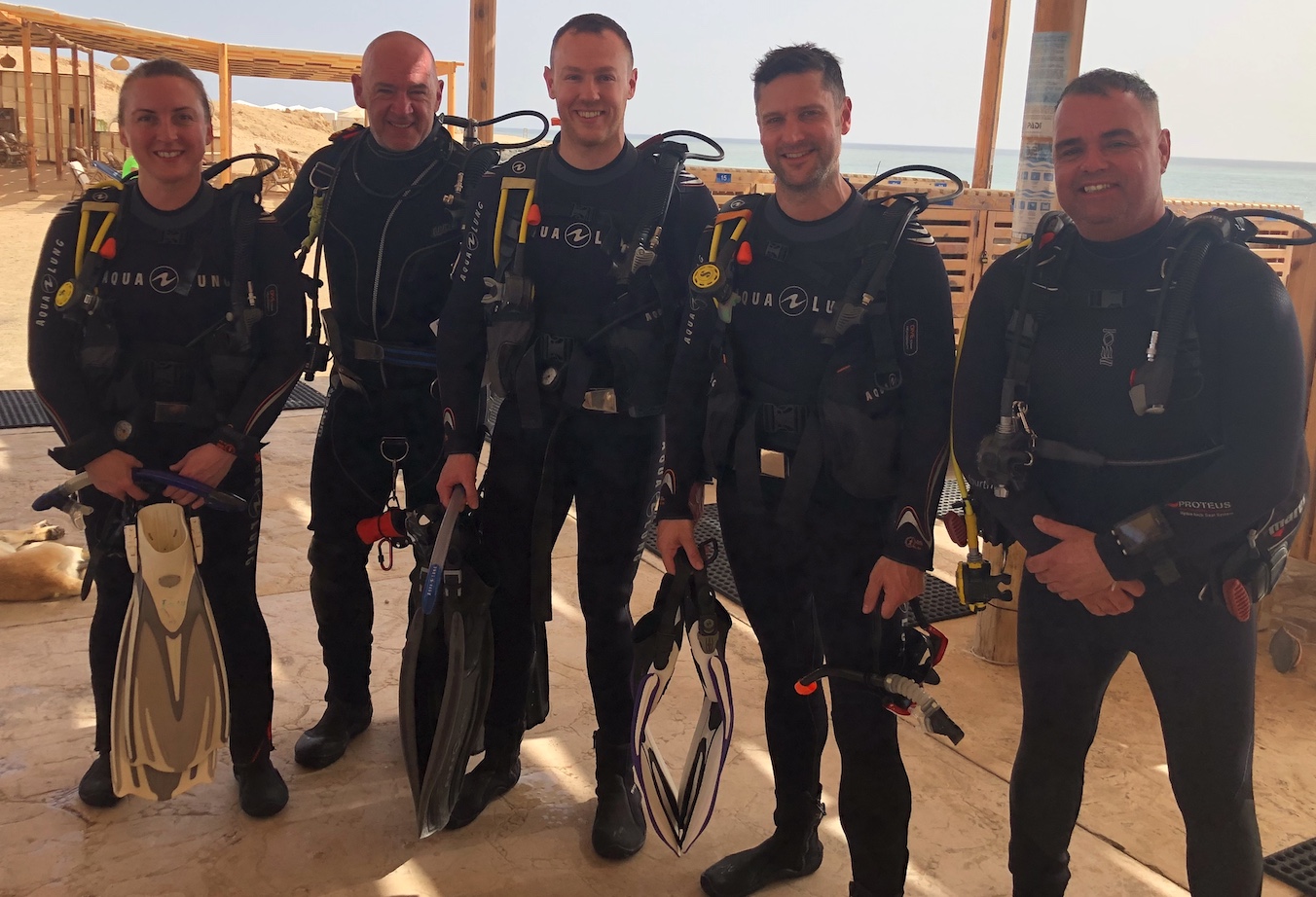
Be Sensible
Scuba diving is a great way to explore the underwater world, but it is also important to remember that it is an activity that comes with risks.
Divers should be aware of their own limitations and should always dive within their own level of experience and training. It is also important to be aware of the potential dangers of diving, such as marine life, currents, and equipment failure.
Overall, scuba diving is a thrilling and rewarding activity that allows people to experience the beauty and diversity of the underwater world. With proper training and safety guidelines, it is a safe and enjoyable activity for people of all ages and abilities.
Dive Training Agencies
Each agency offers different courses and certifications, and each has its own unique approach to scuba diving education.
Below are three of the major agencies and we have summarised the agencies and what they offer. If you are any doubt or confused, drop us an email and we would be only too happy to discuss each of their attributes.
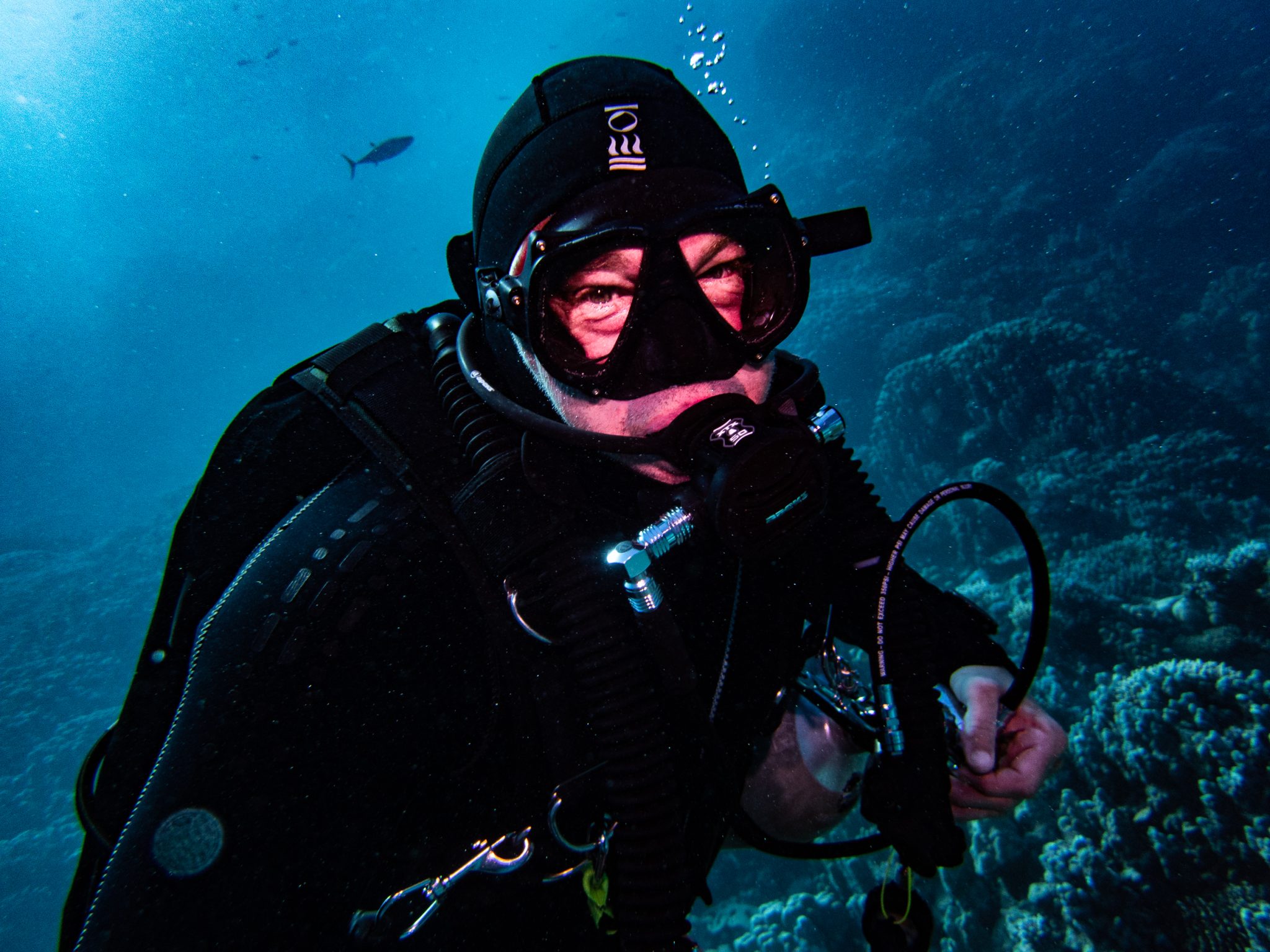
PADI
PADI, which stands for Professional Association of Diving Instructors, is one of the most well-known and widely recognised scuba diving certification agencies in the world.
Founded in 1966, PADI has trained millions of divers and currently has more than 6,500 dive centres and resorts in over 180 countries.
One of the reasons for PADI’s popularity is its wide range of courses for divers of all levels, from beginner to professional.
The most popular PADI course is the Open Water Diver course, which teaches the basic skills and knowledge needed to safely dive in open water environments.
PADI also offers a variety of specialty courses, such as deep diving, wreck diving, and digital underwater photography, that allow divers to expand their skills and knowledge.
It also offers different types of certifications, such as the Junior Open Water Diver, which is designed for children, and the Master Scuba Diver, which is the highest non-professional certification level in PADI and recognises the diver’s experience and skills.
Another aspect that sets PADI apart from other dive agencies is the flexibility of its courses, PADI’s eLearning program allows divers to complete the knowledge development part of the Open Water Diver course online, before arriving at the dive center. This allows divers to learn at their own pace and to fit the course into their busy schedules.
PADI is also known for its commitment to safety and environmental conservation. The agency has developed a number of programs and initiatives to promote safe diving practices and to protect the underwater environment. These include Project AWARE, which focuses on ocean conservation and marine debris removal, and the PADI Diver Propulsion Vehicle (DPV) Specialty course, which teaches divers how to safely and responsibly use underwater scooters.
In conclusion, PADI is one of the most well-known and widely recognised scuba diving certification agencies in the world. With its wide range of courses, flexible eLearning program, and commitment to safety and environmental conservation, PADI is an excellent choice for anyone looking to learn to dive or to expand their diving skills and knowledge.
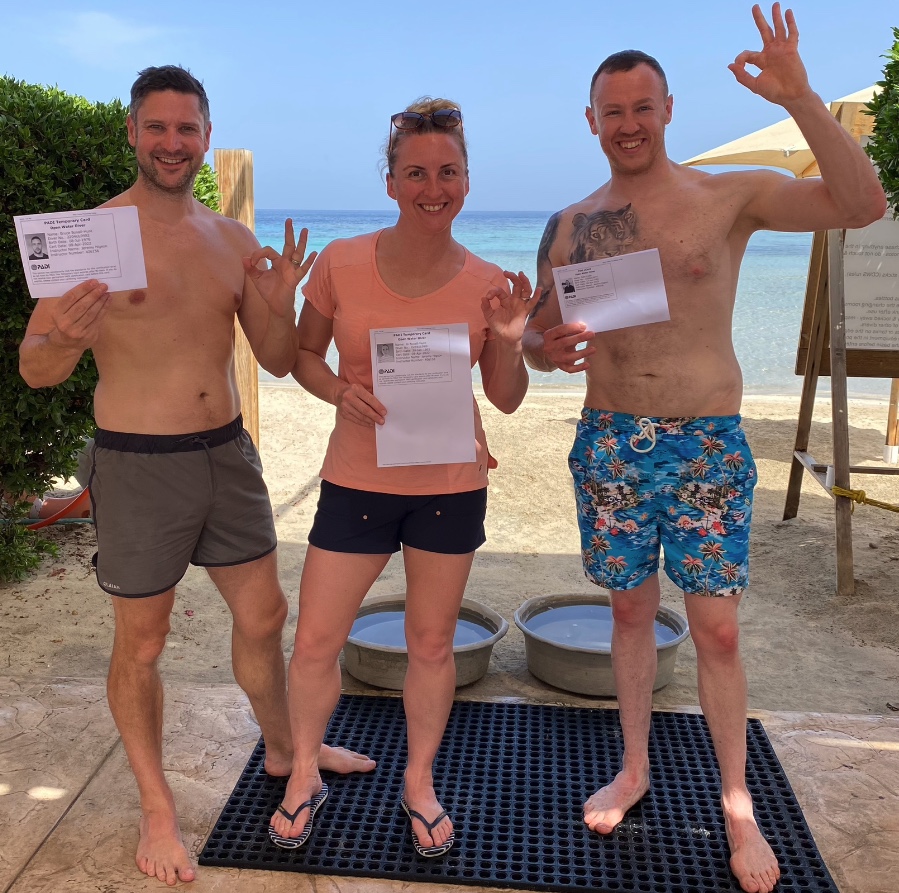
CMAS
CMAS, short for Confédération Mondiale des Activités Subaquatiques, is a French dive agency that offers scuba diving certifications and training.
Founded in 1959, CMAS is one of the oldest and most respected dive agencies in the world, and is recognised by the World Recreational Scuba Training Council (WRSTC) as a major training organisation.
One of the unique features of CMAS is its multi-level certification system. Unlike other dive agencies, which have a single level of certification for open water divers, CMAS has three levels of certification for open water divers: 1-star, 2-star, and 3-star. Each level represents an increasing level of skill and knowledge, and divers can progress through the levels as they gain more experience.
- The 1-star level is the entry-level certification for open water divers. It is designed for divers who are new to scuba diving and want to learn the basics of diving, such as dive theory, dive equipment, dive planning, and dive safety.
- The 2-star level is the intermediate level certification for open water divers. It is designed for divers who have completed the 1-star level and want to gain more experience and knowledge. The 2-star level covers more advanced topics such as deep diving, navigation, and emergency procedures.
- The 3-star level is the advanced level certification for open water divers. It is designed for divers who have completed the 2-star level and want to gain even more experience and knowledge. The 3-star level covers more specialised topics such as wreck diving, cave diving, and ice diving.
In addition to its open water diver certifications, CMAS also offers a wide range of specialties and instructor certifications. These include deep diving, wreck diving, cave diving, night diving, and more. CMAS also offers technical diving courses, including trimix and rebreather diving.
CMAS is also known for its strong emphasis on safety and environmental conservation. All the diving courses include instruction in dive safety and environmental awareness, and they are actively involved in ocean conservation and marine research projects around the world.
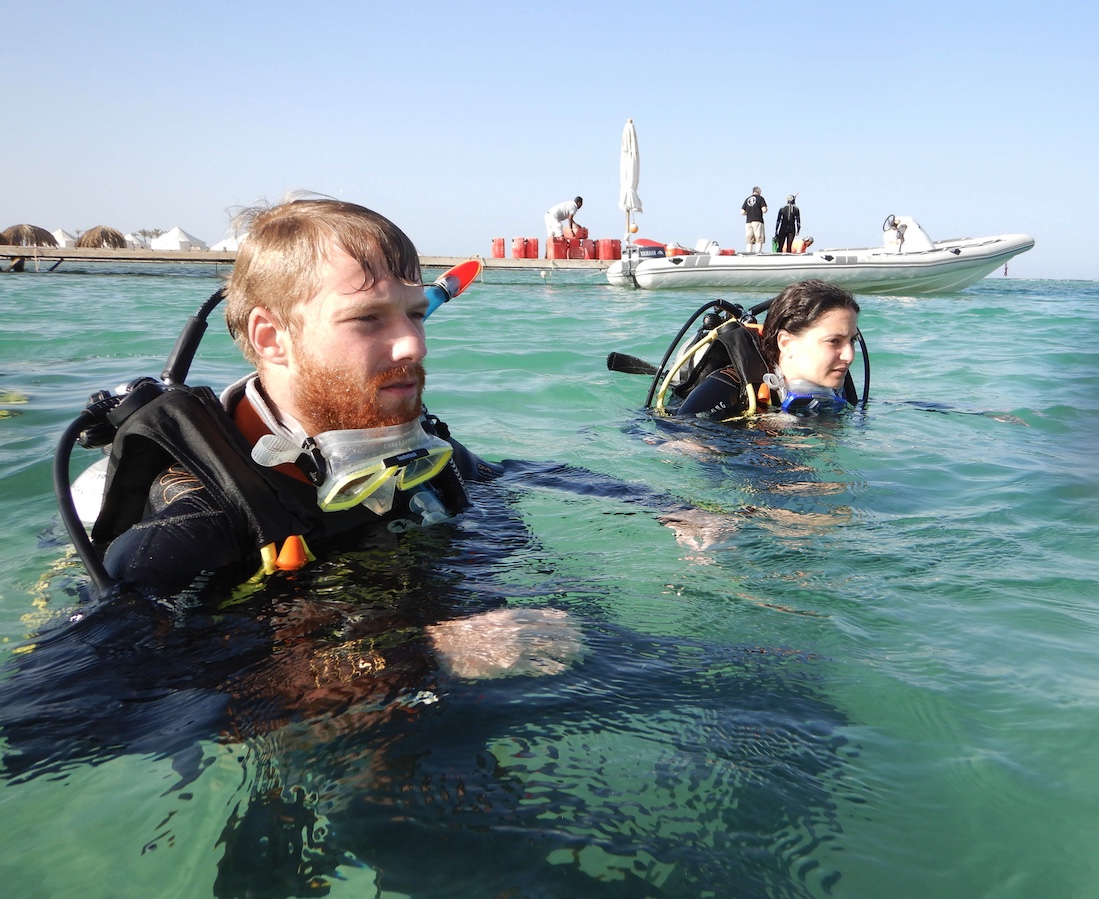
SSI
Scuba Schools International (SSI) is a globally recognised scuba diving certification agency that offers a wide range of scuba diving courses and certifications.
Founded in 1970, SSI has trained millions of divers and currently has more than 40,000 dive professionals and over 2,500 dive centres and resorts worldwide.
One of the unique features of SSI is its focus on providing a comprehensive and holistic dive education program. SSI has a unique training system that is based on the concept of “Total Dive Control”. This means that SSI courses are designed to teach divers not only the basic skills of diving, but also how to fully control and manage their dive experience, from planning and preparation to execution and analysis.
SSI also offers a variety of courses for divers of all levels, from beginner to professional. The most popular SSI course is the Open Water Diver course, which teaches the basic skills and knowledge needed to safely dive in open water environments.
There are also a variety of specialty courses, such as deep diving, wreck diving, and digital underwater photography, that allow divers to expand their skills and knowledge.
SSI also offers a Master Diver program, which is the highest non-professional certification level in SSI, which recognises the diver’s experience and skills.
Another aspect that sets SSI apart from other dive agencies is its flexibility in the final open water test. SSI allows divers to take the final open water dive test in a pool, whereas PADI requires the test to be done in open water.
SSI also has a strong commitment to safety and environmental conservation. All SSI diving courses include instruction in dive safety and environmental awareness, and SSI is actively involved in ocean conservation and marine research projects around the world.
In conclusion, SSI is a globally recognised scuba diving certification agency that offers a wide range of scuba diving courses and certifications. With its comprehensive and holistic dive education program, flexible final open water test, and commitment to safety and environmental conservation, SSI is an excellent choice for anyone looking to learn to dive or to expand their diving skills and knowledge.
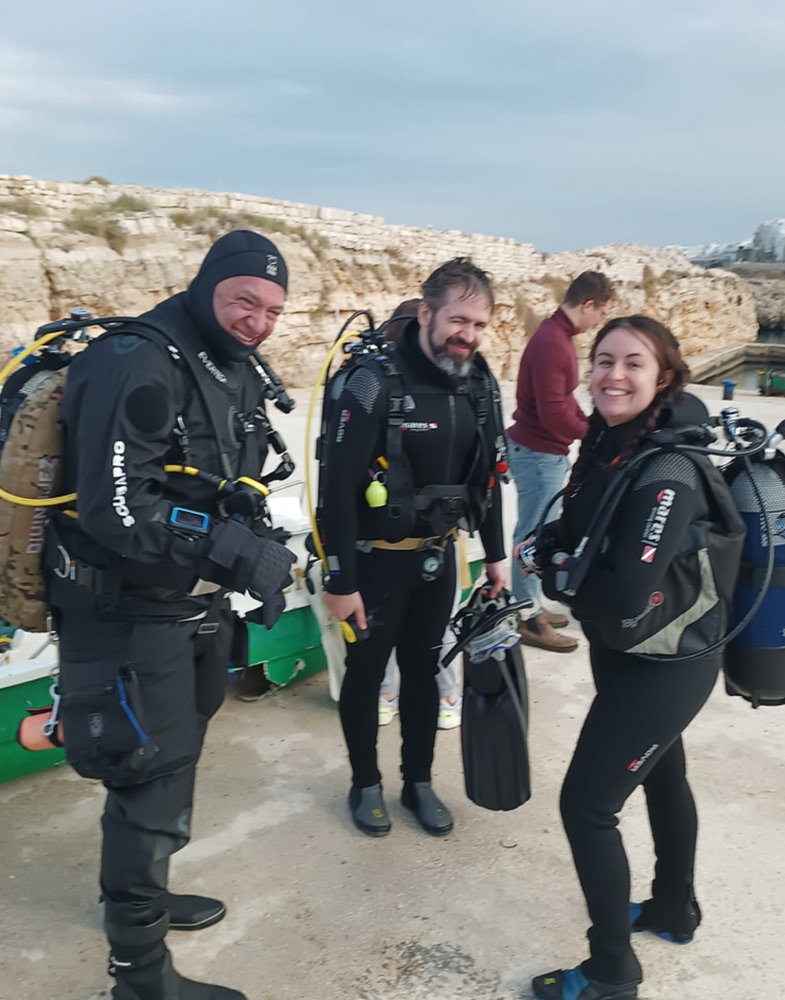
Course Example: PADI Open Water Course
The PADI Open Water Diver course is the most popular scuba diving certification course in the world.
It is a comprehensive course that teaches the skills and knowledge needed to safely dive in open water environments. The course is designed for people who are new to scuba diving and want to learn the basics of diving, as well as for those who want to refresh their skills and knowledge.
The PADI Open Water Diver course is divided into three main parts: knowledge development, confined water dives, and open water dives.
Knowledge Development
The knowledge development part of the course is usually done through a combination of independent study, such as reading the PADI Open Water Diver manual, and classroom sessions with an instructor. The topics covered in the knowledge development part of the course include dive theory, dive equipment, dive planning, and dive safety.
Confined Water Dives
The confined water dives are the pool or pool-like sessions where you will learn the basic skills of diving such as clearing the water from the mask, regulator recovery, and control of buoyancy.
Open Water Dives
The open water dives are where you will put the skills you learned in the confined water dives into practice.
You will usually complete four open water dives, which will take place in a natural body of water such as a lake or ocean. During these dives, you will explore the underwater environment and practice the skills you learned in the confined water dives.
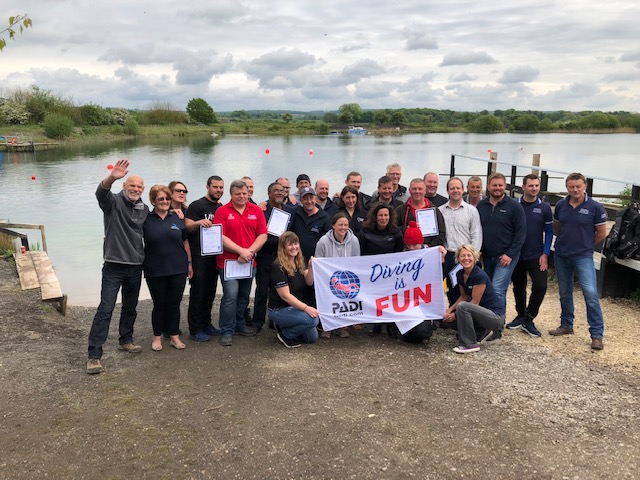
Great Way to Learn the Basics and Get Certified
The PADI Open Water Diver course is a great way to learn the basics of scuba diving and to gain the skills and knowledge needed to safely dive in open water environments.
Upon successful completion of the course, you will be certified as a PADI Open Water Diver and will be able to dive to a maximum depth of 60 feet.
The certification is recognized worldwide and you can continue your diving education with PADI by taking the advanced open water course and other specialties.
Overall, the PADI Open Water Diver course is a great way to get started in the exciting world of scuba diving. With proper training, you can safely explore the underwater world and experience the beauty and diversity of marine life.
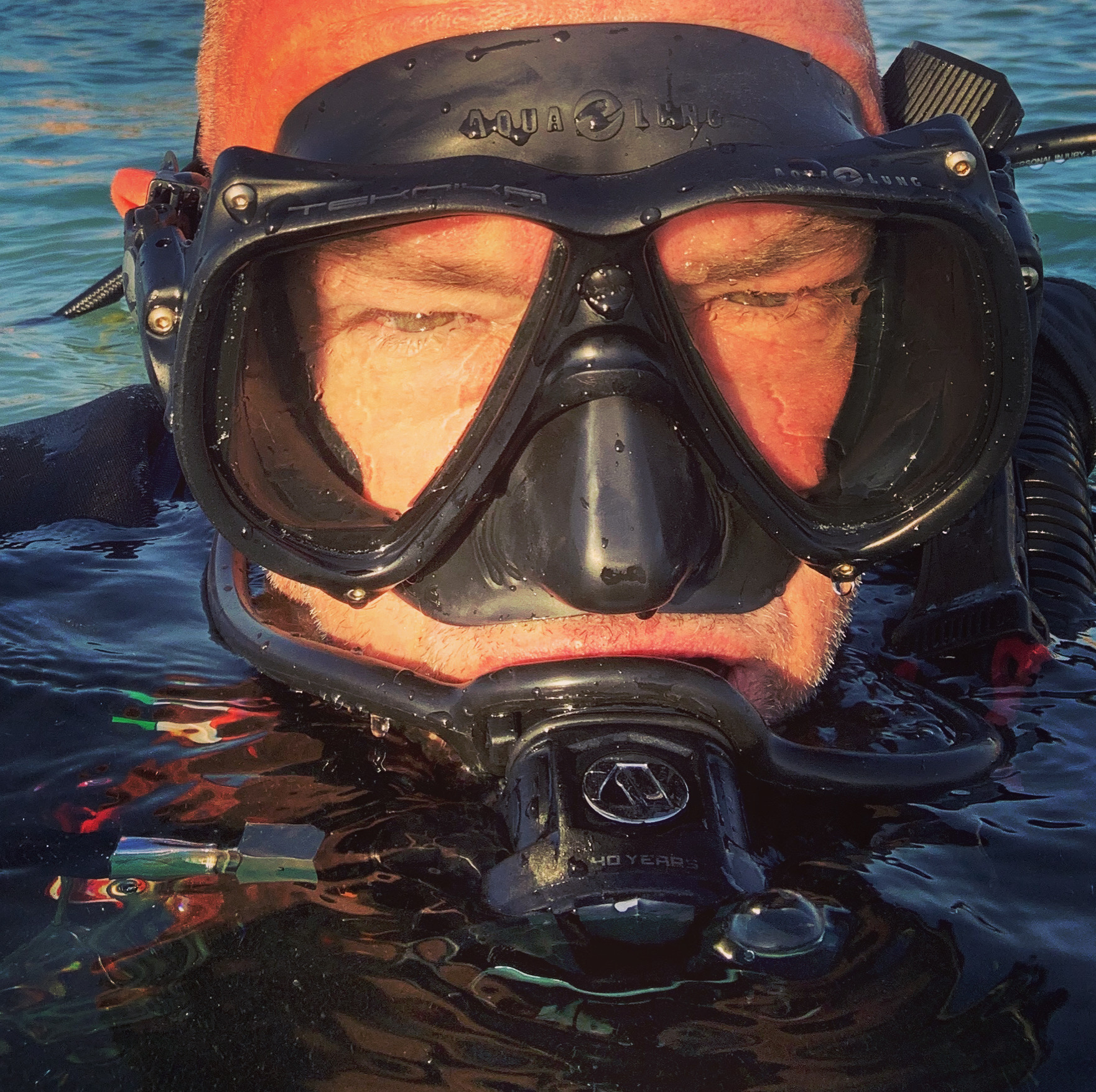
If you would like more information or discuss a course in more detail, contact My Sea to Sky. Our experienced diving team can talk you through all the aspects of the PADI and SSI courses we run on a regular basis.
Or, why not combine your diving training with a holiday in some amazing locations that are suited to your level of experience? Just ask, we are only too happy to recommend the perfect diving location for you.
We are a full service tour operator offering nature immersive and wellness experiences tailored to our discerning adventurers, looking for active escapes to undiscovered gems.
Blogs
Alonissos: The complete diving destination (Part 1)

In June we were incredibly fortunate to be invited to dive in Alonissos, a small Greek Island in the Sporades island chain located in the North Aegean Sea. While I have long been a big fan of the Greek Islands as a great holiday destination, I had not had the opportunity to do any diving on previous visits and Mike and I were extremely excited to see what Alonissos had to offer both above and below the surface!

The Sporades are easily accessible via the airport in Skiathos (the first island in the chain), which is served by Jet2 flights from all major UK airports from May through October. Numerous ferries and charter boats make island hopping from Skiathos Town a breeze. After an hour boat ride, the picturesque port of Patitiri was a wonderful introduction to Alonissos, where we were met by our gracious hosts Kostas of Albedo Travel and Dias of Alonissos Triton Dive Center. Mike and I were delighted to be staying at the Paradise Hotel, aptly named for its stunning views over the sea and great location for walking to the waterfront.

Alonissos is beautifully situated in the National Marine Park of Alonissos and the Northern Sporades, the largest marine protected area in Europe. The surrounding seas offer fabulous marine life, including incredibly rare species such as the Mediterranean monk seal. They boast deep walls covered in gorgonians and sponges, stunning topography with caverns, swimthroughs and pinnacles, and the first accessible ancient shipwreck from 500BC!

In locations where historical sites have been reported, the waters are largely restricted, but with collaboration between government, underwater archeologists and dive centres, incredible underwater museums are being created for a truly unique diving experience. Alonissos is home to the first of these, the Ancient Shipwreck of Peristera Accessible Underwater Archeological Site. The chance to dive into history (along with reports of healthy reef life and amazing underwater topography) meant Mike and I were keen to get in the water.

Our introduction to the diving around Alonissos was at the Agios Georgios Pinnacles, in the channel between Alonissos and Skopelos. This fantastic site was named “The Chimney,’ and proved to have a huge amount to see. We got to a decent depth here (over 25m), and marvelled at a colourful reef wall with a wonderful swim through whose rocky walls were absolutely covered with life. As well as brilliant topography there was no shortage of macro life here. We saw numerous nudibranchs, five different species in total. The second dive at Mourtias reef nearby was a shallower dive along a nice wall with lots of crevices. Several moray eels and grouper called this site home. We enjoyed looking in the crevices for lobster and smaller benthic life, such as cup corals and tunicates.

Our itinerary allowed us two dives a day with afternoons left to explore the island with our hire car and evenings to enjoy the famous Greek hospitality. This proved to be a lovely mix of in-water and land based diversions.

The next days diving to the Gorgonian Gardens and Triton’s Cave was to be even better! These two stunning sites are nothing short of fabulous. The Gorgonian Gardens was a deep wall near to the Agios Georgios islands. The ever-present currents in this deep channel meant that the sea life was amazing … the namesake Gorgonian sea fans dotted the wall at a depth of 30 to 50 meters, getting ever larger the deeper we went. Above 30m was by no means less beautiful, with sponges, corals, scorpionfish, moray eels and some rare and colourful nudibranchs.

The second shallower dive of the day was to Triton’s Cave or the Cavern of Skopelos, on the east side of that island. The spectacular rock formations had wild striations both above and below the water making a truly epic topography. The cavern entrance was at 14m, and big enough for a buddy pair, winding up to 6m and passing two beautiful windows out into the blue. Emerging from the cavern, the light at the shallower depths and the incredible rock formations made for a fantastic gentle swimming safety stop and we all surfaced by the boat with massive grins.

Check out our next blog :Alonissos: The complete diving destination (Part 2)” to hear about our amazing dive on the 2500 year old Peristera Wreck!
Thanks to:
Alonissos Triton Dive Center https://bestdivingingreece.com/
Albedo Travel https://alonissosholidays.com/activities/
Paradise Hotel https://paradise-hotel.gr/
Alonissos Municipality https://alonissos.gr/en/
Blogs
Mamma Mia! Diving Skopelos (Part 2)

Our second days dive itinerary was to the famous Christoforos wreck! This is arguably the best dive in Skopelos and though only open to divers with deep diving experience, this 83m long wreck is well worth the visit.
The Christoforos sits in 43 meters of water with the deck at 32 to 35 meters. A 30m dive can give an impressive view of the wreck, though such a large wreck needs a few dives to truly do it justice. Given its ideal location just a 2 minute boat ride from the dive centre dock it is an excellent first dive of the day. The sheltered site is also diveable in all but the absolute worst weather so although deep, the water is usually clear with little to no current making it a very pleasant dive. The site is superb for technical diving and a great training site for the Tec 40 and 45 programs, offered by Skopelos Dive Center.

The Christoforos wreck was originally a collier ship built in 1950 at Grangemouth shipyard under the name “Thomas Hardie”. In 1976 she joined the Greek merchant fleet as “Christoforos”. On the 2nd of October 1983 the Christoforos was carrying 2600 tonnes of cement from Volos to Piraeus Port. During the voyage the weather turned, resulting in the ship developing a 7 degree list, whereby she changed course for safe anchorage at Panormos, Skopelos. The ship reached Panormos at 16:00 with a list of 17 degrees and water ingress to No. 1 hull. Though attempts were made to right the vessel, the crew were ordered to abandon ship at 22:00. The captain, lieutenant and the quartermaster remained to try and save the ship, but had to abandon the attempt themselves and the Christoforos finally sank at 05:30 on 3rd October 1983. She now sits upright in 43 meters of water less than 200m from shore in Panormos.

Diving has only been allowed here since 2018, so the wreck is very well preserved and a real treat to dive. Permission to dive here was granted by the authorities after lots of incredibly hard work by the Skopelos Dive Center staff. Having a fantastic wreck in such an amazing location and in excellent condition is a real privilege.

Of all the sites in Skopelos this was the site Mike and I were most keen to experience. Having kitted up and zipped across the bay to the mooring, we left the surface and followed the descent line until the wreck emerged spectacularly from the blue at 15m. She is a big and beautiful wreck, sitting as though calmly continuing her journey along the seabed. With most of her original features still intact there were points of interest everywhere, including the anchors, winches, ships telegraphs, the wheel and RDF antenna.

We found that aquatic life had colonised the ship, with schools of fish, electric blue nudibranchs, a large moray eel and the resident scorpionfish lurking inside the bridge. The Christoforos was truly a stunning wreck and despite maximising our time at depth we eventually had to say our goodbyes and begin the slow and steady return to the surface.

After a superb morning dive we had the afternoon to do a little sightseeing of the island, with a trip to the church of Agios Ioannis Kastri made famous by the blockbuster movie “Mamma Mia!”. Mike and I spent a happy afternoon pootling around in our little hire car before meeting up with Lina from Skopelos Dive Center. An underwater archeologist as well as a dive professional, Lina had offered to show us a rather special attraction, the Christoforos shipwreck Digital Spot public information and awareness centre.

A fantastic initiative made possible from the collaboration of the government and hard work of the staff at Skopelos Dive Center is the “Digital Spot” in Agnontas port. This information center has a number of displays on the history of the Christoforos wreck, the process by which the wreck was allowed to be opened to the public for diving tourism, other sites of historical interest in the area, a video of the wreck and the best bit, a virtual reality dry dive experience! The beauty of the VR system is that non diving members of the family can see what you have seen on the wreck, or you can see areas that you may not have explored during the dive due to time or depth limitations. It was a truly immersive experience and a great addition to the dive itself.

After a wonderful day we celebrated our last evening on the island with an exquisite meal in Skopelos Town with fabulous views over the town and bay, washed down with the excellent local wine. The lamb with lemon and potatoes was a meal which I could happily eat every day for the rest of my life!

Skopelos is an island that truly has it all. The diving is excellent, the landscape is beautiful with plenty of non diving activities, the locals friendly and the food and drink superb. Given how accessible it is as a holiday destination it has avoided becoming overcrowded and even in peak season offers a fun yet relaxing atmosphere. We highly recommend giving Skopelos a visit. We will certainly be back again!
Thanks to:
Municipality of Skopelos (https://skopelos.com/)
Skopelos Dive Center (https://sporadesdiving.gr/)
Ionia Hotel (https://www.ioniahotel.gr/en)
Dolphin of Skopelos (https://dolphinofskopelos.com/)
Ta Kymata restaurant (@takymata)
The Muses restaurant (https://www.facebook.com/TheMussesMousses/)
Aktaiov resturant (https://skopelos.com/listings/aktaion-taverna/)
-

 Blogs2 months ago
Blogs2 months agoDiving With… Nico, Ocean Earth Travels, Indonesia
-

 News1 month ago
News1 month agoMurex Bangka Announce New Oceanfront Cottages & Beachfront Dining
-

 Blogs2 months ago
Blogs2 months agoA new idea in freediving from RAID
-

 Marine Life & Conservation1 month ago
Marine Life & Conservation1 month agoIceland issue millionaire whale hunter a licence to murder 128 vulnerable fin whales
-

 Marine Life & Conservation2 months ago
Marine Life & Conservation2 months agoThe Shark Trust Great Shark Snapshot is back
-

 News3 months ago
News3 months agoCharting New Waters; NovoScuba Goes Global with the Launch of their Revolutionary Dive Training Agency!
-

 Gear News1 month ago
Gear News1 month agoNew Suunto Ocean – a dive computer and GPS sports watch in one for adventures below and above the surface
-

 Marine Life & Conservation Blogs2 months ago
Marine Life & Conservation Blogs2 months agoBook Review: Plankton















